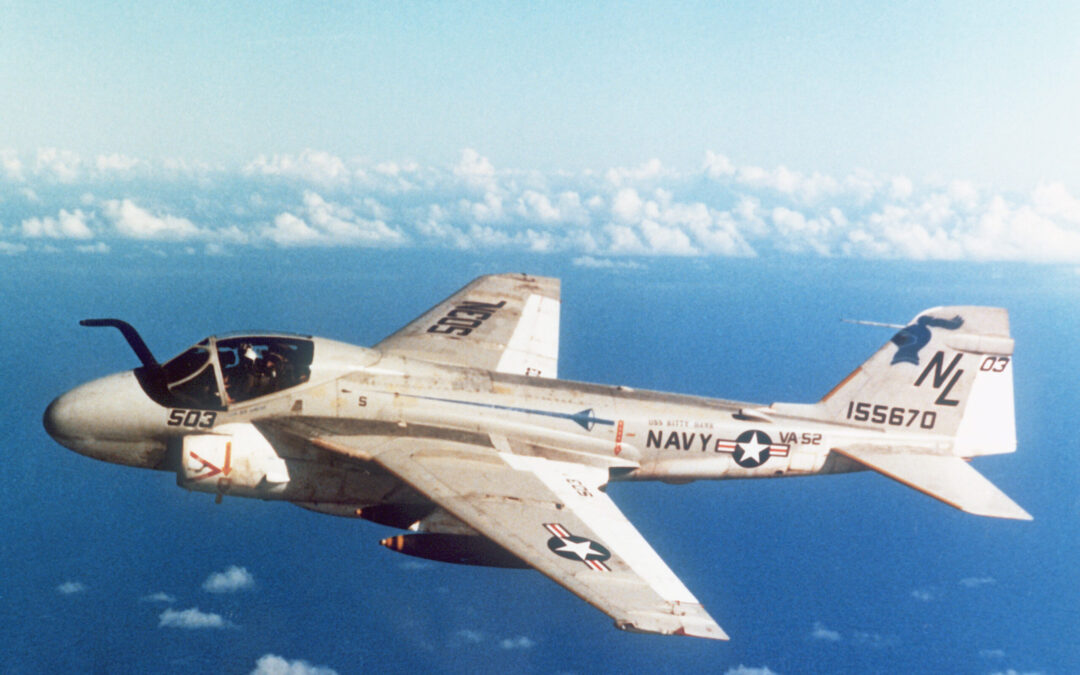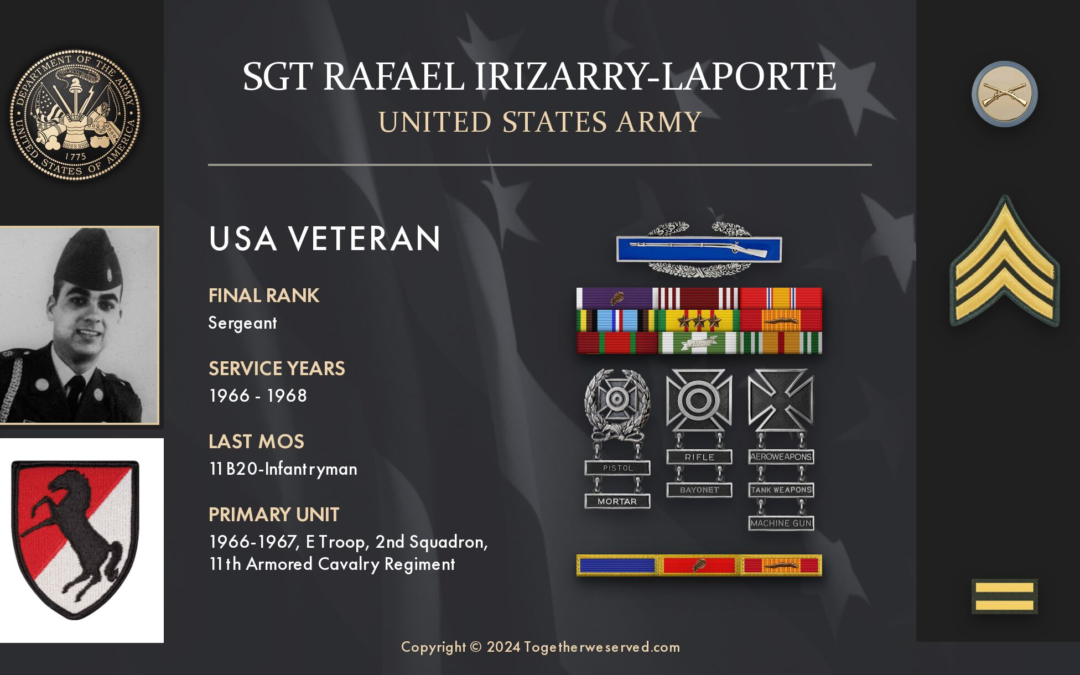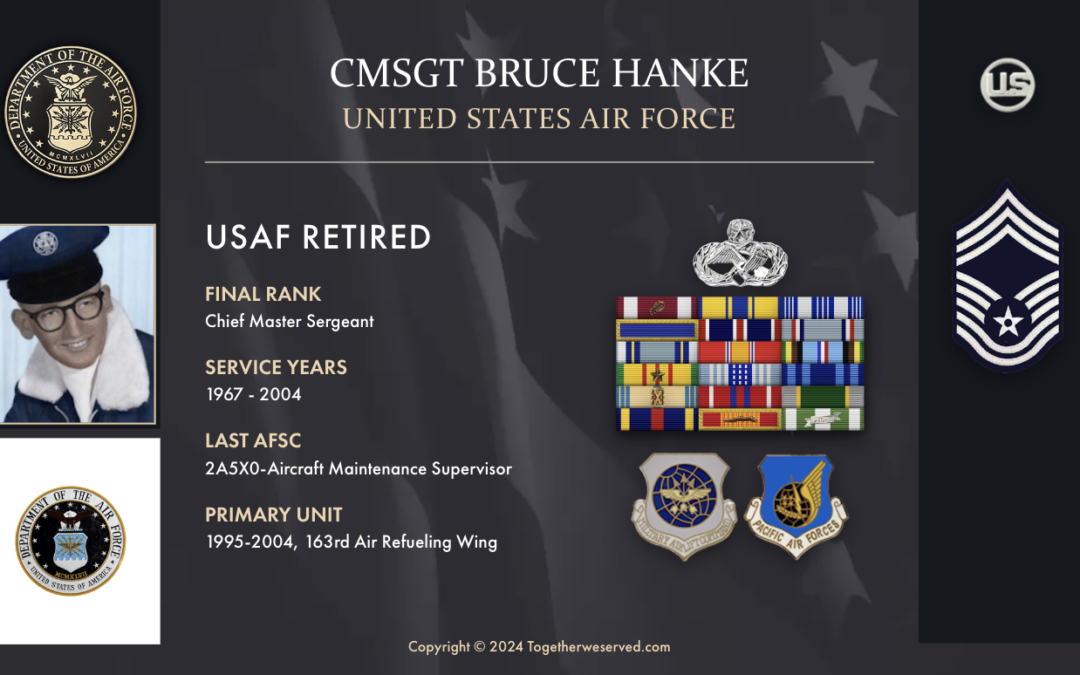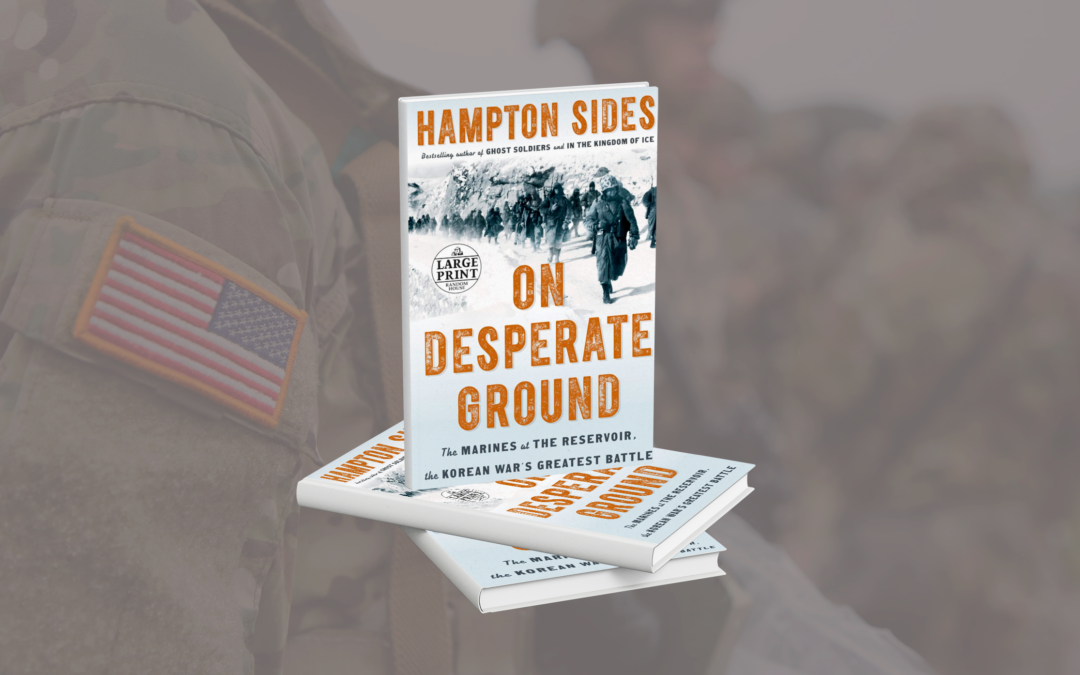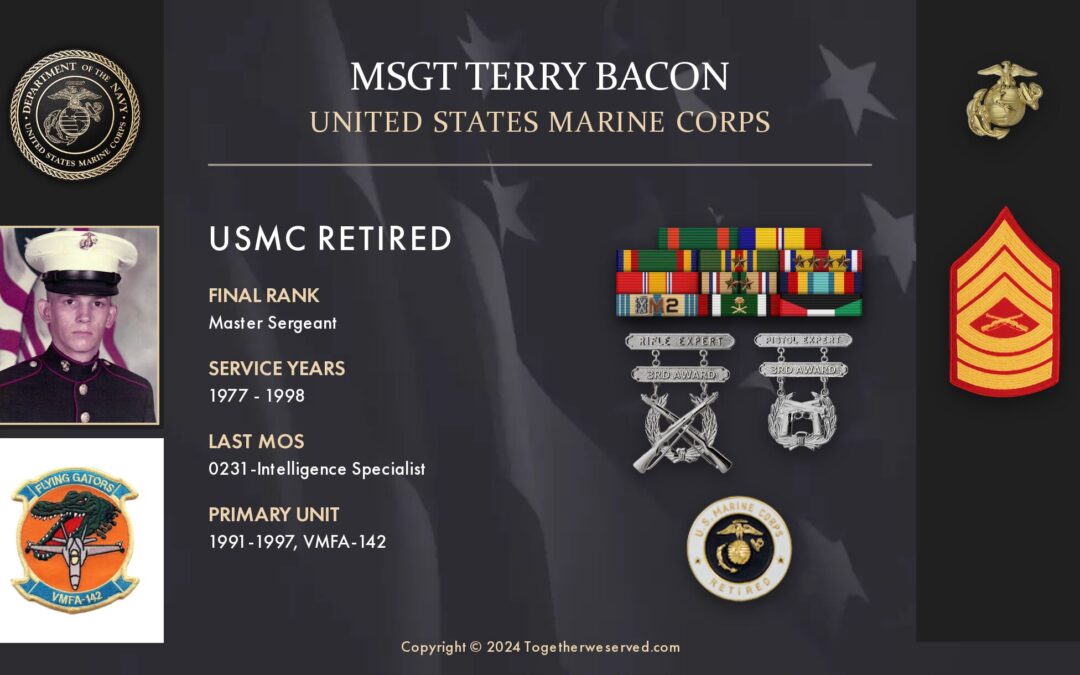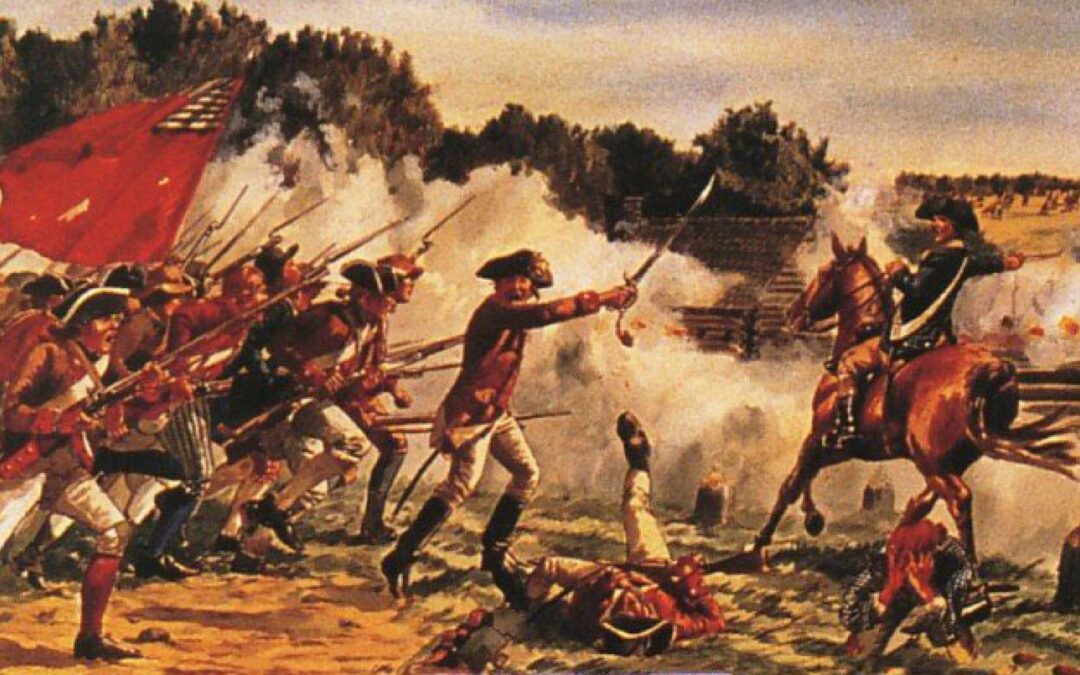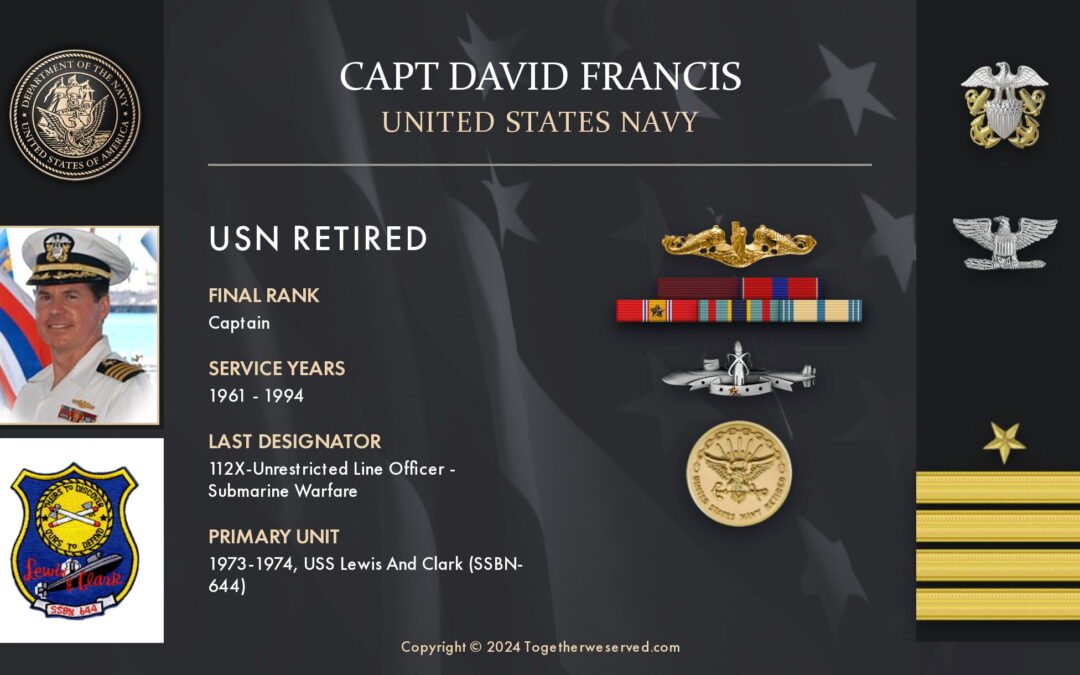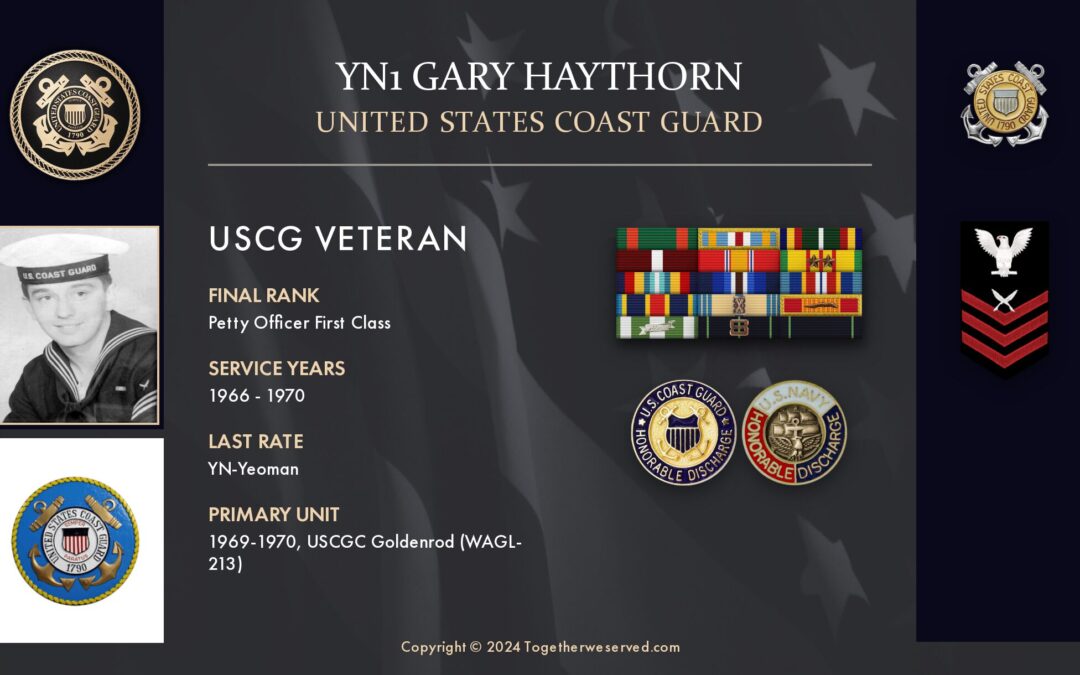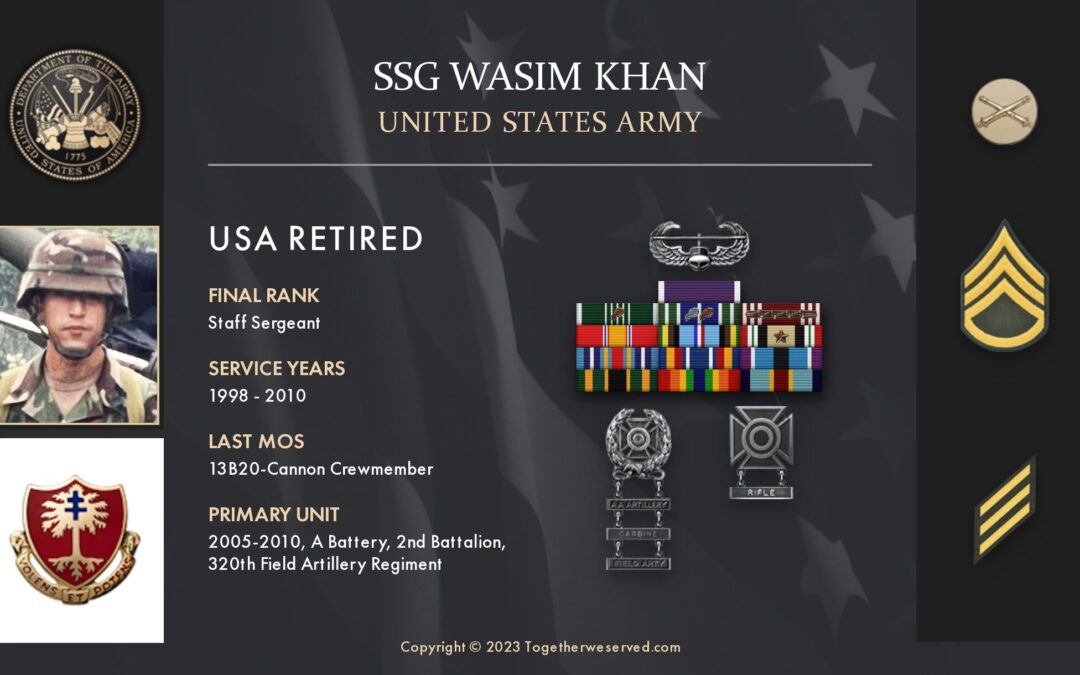Being launched off the flight deck of an aircraft carrier is a normal routine, but adrenaline junkie pilots love the radical feel of about 4 Gs. On July 9, 1991, an A-6 Intruder modified to be a refueling aircraft was shot off the Abraham Lincoln in the Persian Gulf. Lieutenant Mark Baden was the pilot and had his friend and navigator (BN), Lieutenant Keith Gallagher beside him. It was Gallagher's birthday, and he advised Mark Baden when they returned it would be his 100th trap recovery on an aircraft carrier. A mid-air collision had occurred a few days earlier, and Mark Baden was slightly nervous. On top of all the other odd circumstances, he was actually assigned the plane with his name emblazoned on the side - unlike in the movies, the pilots don't always fly the plane with their name. He made all the normal checks and touched all the buttons and switches. Satisfied he was ready for anything, the aircraft was blasted off the end of the carrier to accomplish the mission: to refuel...
